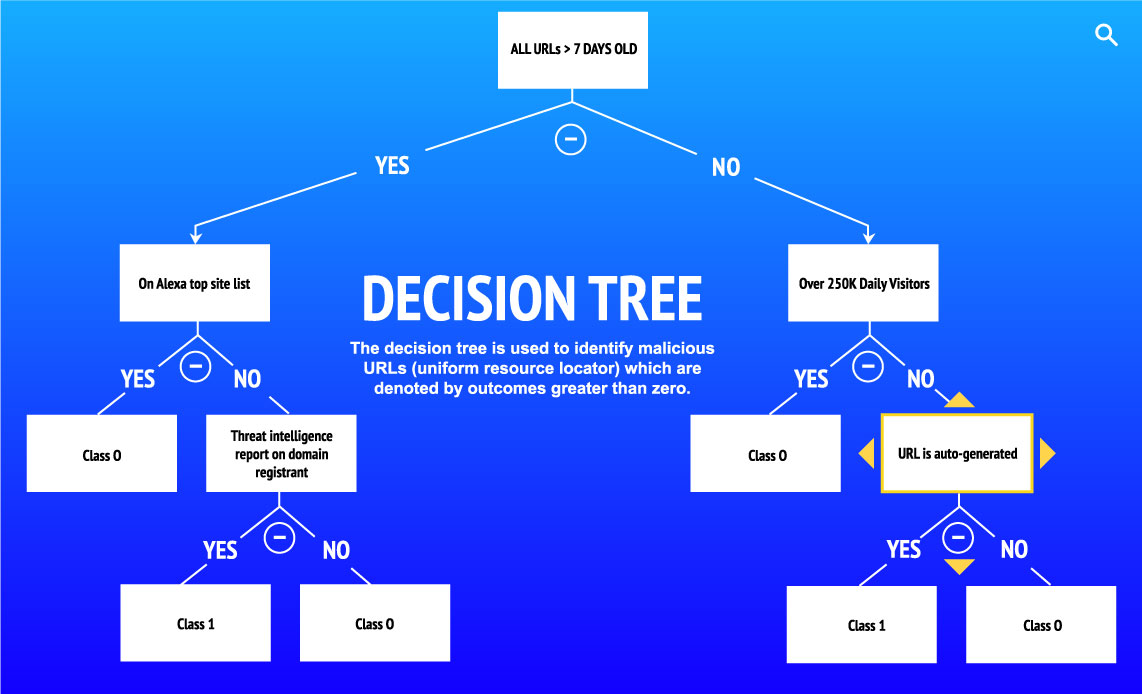
Introduction:
Historically, antimalware tools rely on information about malware to accurately detect and prevent attacks. Security specialists develop new signatures and distribute to customers regularly. Once the antimalware tools have been updated with the new signatures, the behavior of all known malicious code will be thwarted. For quite a while, this method proved to be very effective. The current trend of malware writers is the prolific production of new variants of existing malware which will be potentially invisible to existing signatures. Over 1 million new malware variants have been observed per day. It is noteworthy that over 90% of existing cyber-attacks utilize malware and this severely challenges the effectiveness of signature-based antimalware tools. Moreover, signature development requires specific knowledge of a malware application. This suggests that as brand-new malware and variants emerge, signatures are subsequently developed, distributed and deployed. This results in a window of opportunity for new, never seen, (also known as zero-day) malware to successfully exploit inadequately protected systems.
The signature model is variously referred to as pattern matching or byte matching which is an apt designation based on the applied methodology. As a model that has been in use for decades, its strengths and weaknesses are well known to security practitioners and adversaries alike. Consequently, contemporary security vendors have enhanced signature technology with other approaches and the most common of these are explained below.



